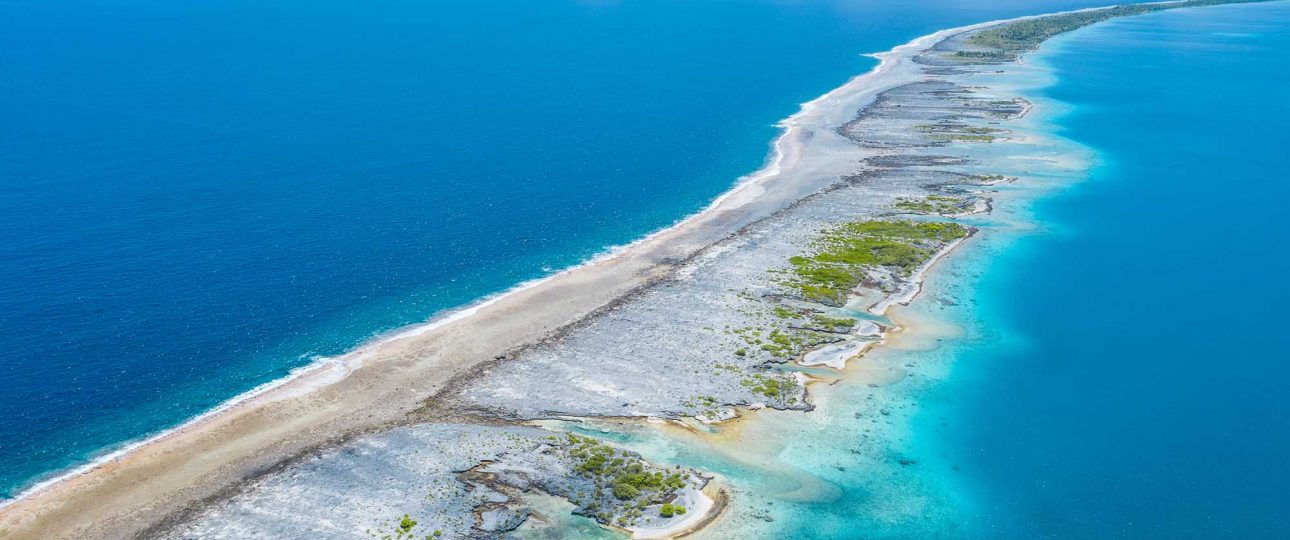Exploring Fakarava Atoll: A Unique Destination in French Polynesia
Fakarava Atoll, located 450 km northeast of Tahiti, is a destination that offers a blend of natural beauty, rich marine life, and cultural history. As the second-largest atoll in the Tuamotu Archipelago, Fakarava is a UNESCO Biosphere Reserve, recognized for its exceptional biodiversity and conservation efforts. This atoll is a haven for divers and nature enthusiasts alike.
Natural Beauty and Marine Life
Fakarava’s landscape is defined by its pristine beaches, clear turquoise waters, and lush tropical surroundings. The atoll spans 60 km in length and 25 km in width, with a lagoon covering 1,121 km2. The northern Garuae Pass, the largest in French Polynesia, is renowned for its rich marine fauna, including rays, manta rays, barracudas, groupers, turtles, and dolphins. The southern Tumakohua Pass is home to a high concentration of Grey reef sharks, offering a unique diving experience.
For snorkeling and diving enthusiasts, Fakarava provides an opportunity to explore vibrant coral reefs and swim alongside a diverse array of marine species. The atoll’s underwater ecosystem is one of the most pristine in the world, with protected areas ensuring the preservation of its natural beauty.
Cultural Heritage and Local Life
Fakarava is not only about natural wonders; it also has a rich cultural heritage. The local population, primarily Christian due to historical missionary activity, is known for its warm hospitality. The main village, Rotoava, is located near the Garuae Pass, while the village of Tetamanu, once the island’s capital, is situated at the southern pass.
The atoll’s history includes the Pōmare Dynasty’s origins and its development as a center for coconut oil and mother-of-pearl production in the 19th century. Visitors can explore historical sites such as the Tetamanu church, built in 1874 from coral, and the Church of Saint John of the Cross in Rotoava.
Best Time to Visit
Fakarava enjoys a tropical climate with warm temperatures year-round. The dry season, from May to October, is the ideal time to visit, offering minimal rainfall and pleasant weather for outdoor activities. Divers may prefer the months from July to November when underwater visibility is at its peak.
Getting to Fakarava
Traveling to Fakarava involves flying into Faa’a International Airport in Papeete, followed by a domestic flight to Fakarava Airport. The atoll’s airfield, with a 1,400-meter runway, accommodates around 850 flights annually, making it accessible for tourists. Upon arrival, transportation options include taxis, rental cars, bicycles, and scooters, allowing for easy exploration of the atoll.
Local Transportation
Exploring Fakarava is convenient with various transportation options. Bicycles and scooters are popular for leisurely rides around the atoll, offering a chance to enjoy the scenic views. Rental cars provide flexibility for those wishing to venture further and discover more remote areas.
Fakarava’s unique combination of natural beauty, cultural heritage, and marine biodiversity makes it a remarkable destination for travelers seeking an authentic experience in French Polynesia. While the journey may require some effort, the rewards of exploring this atoll are well worth it.




